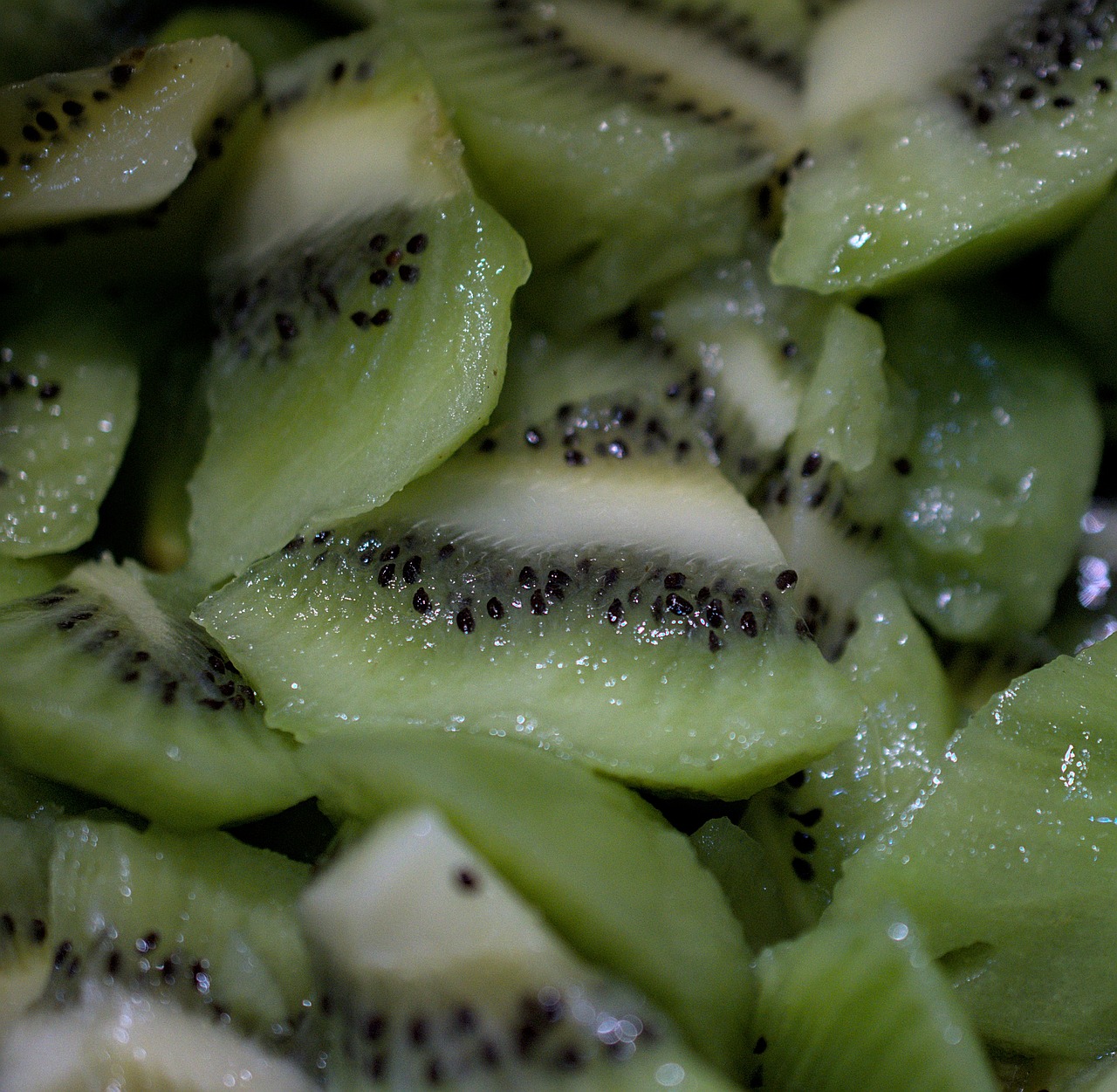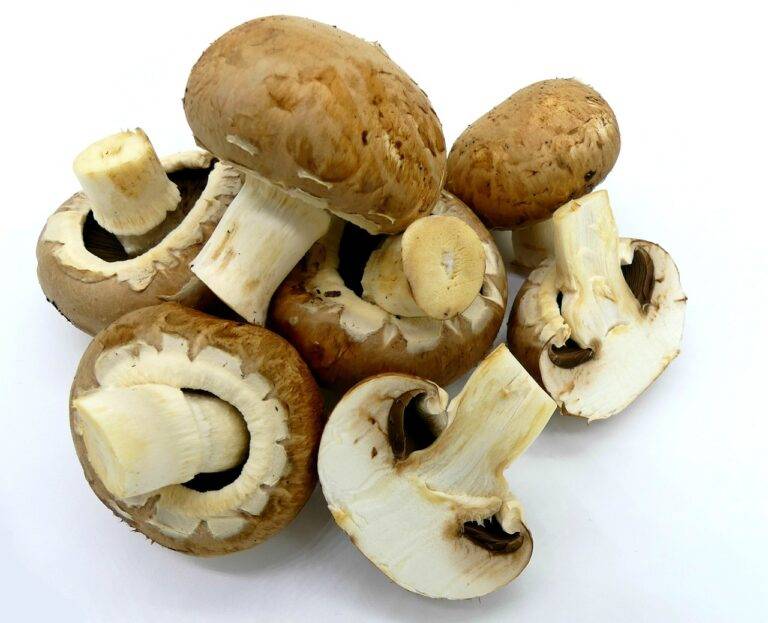The Evolution of Food Packaging: Innovations in Biodegradable Materials and Zero-Waste Solutions.
Packaging materials have undergone a significant transformation over the years, adapting to the changing needs of consumers and the increasing focus on sustainability. Initially, packaging was primarily made from natural materials such as leaves, gourds, and animal skins. As civilizations advanced, materials like glass, clay, and metal became popular for packaging goods due to their durability and versatility.
With the Industrial Revolution came the mass production of packaging materials like plastic, cardboard, and aluminum. These materials revolutionized the packaging industry by offering cost-effective solutions for protecting and transporting products. However, the widespread use of non-biodegradable materials led to environmental concerns and a shift towards developing more sustainable packaging options.
Advancements in Biodegradable Packaging
In recent years, there has been a significant shift towards the use of biodegradable packaging materials in response to the growing environmental concerns. Companies are increasingly investing in research and development to create packaging solutions that are not only sustainable but also easily degradable. This has led to the introduction of a wide range of innovative biodegradable materials that aim to reduce the environmental impact of packaging waste.
One notable advancement in biodegradable packaging is the development of plant-based plastics, such as polylactic acid (PLA) and polyhydroxyalkanoates (PHA). These materials are derived from renewable resources like corn starch or sugarcane, making them a more sustainable alternative to traditional petroleum-based plastics. Additionally, advancements in technology have enabled the production of biodegradable films and coatings that can be used to enhance the shelf life of perishable goods without contributing to plastic pollution.
What are some common materials used in biodegradable packaging?
Some common materials used in biodegradable packaging include cornstarch, sugarcane, bamboo, and paper.
How do biodegradable packaging materials help the environment?
Biodegradable packaging materials help reduce the amount of waste in landfills and minimize the impact on the environment by breaking down naturally over time.
Are biodegradable packaging materials as durable as traditional packaging materials?
Biodegradable packaging materials have come a long way in terms of durability and can now offer similar levels of protection and strength as traditional packaging materials.
How long does it take for biodegradable packaging materials to break down?
The time it takes for biodegradable packaging materials to break down varies depending on the material and environmental conditions, but they generally decompose much faster than non-biodegradable materials.
Can biodegradable packaging be recycled?
Some biodegradable packaging materials can be recycled, while others can be composted. It’s important to check the specific guidelines for each type of material to ensure proper disposal.





